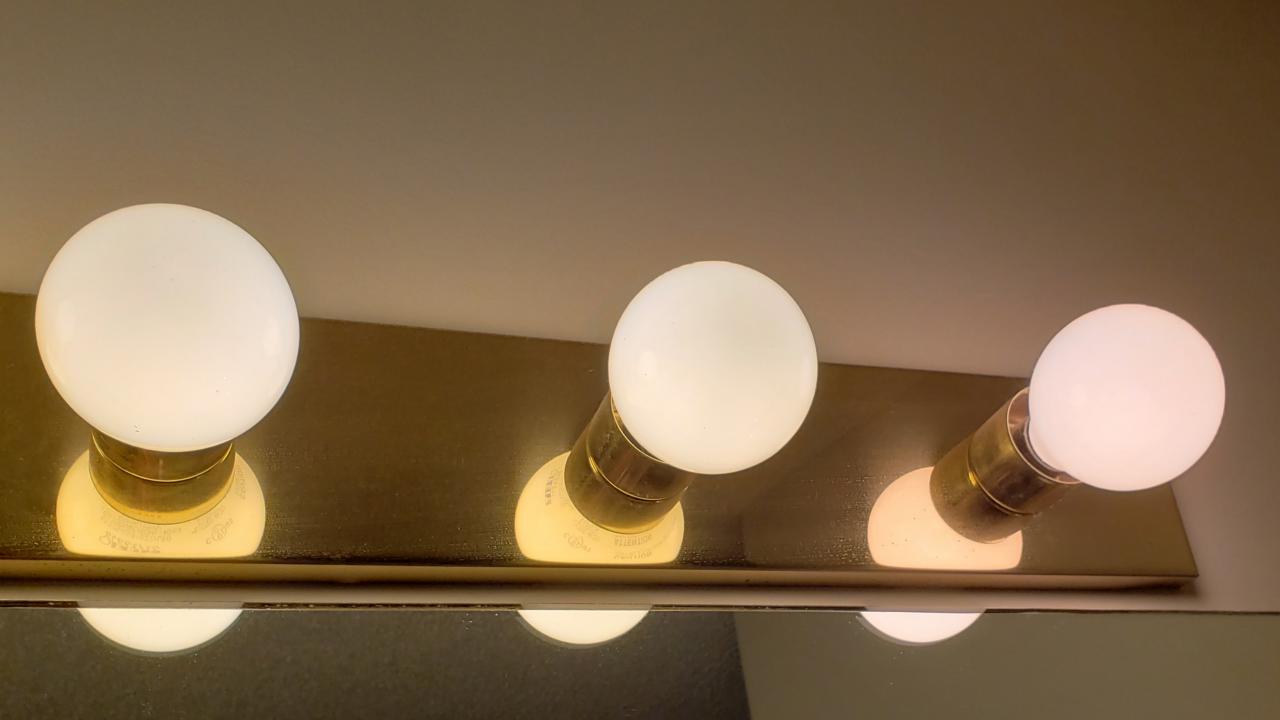

Articles
What Type Light Bulb For Bathroom
Modified: August 25, 2024
Looking for articles on the best type of light bulb for your bathroom? Learn about different options and find the perfect lighting solution for your space.
(Many of the links in this article redirect to a specific reviewed product. Your purchase of these products through affiliate links helps to generate commission for Storables.com, at no extra cost. Learn more)
Introduction
When it comes to designing and decorating your bathroom, choosing the right lighting is crucial. Not only does it serve the functional purpose of illuminating the space, but it also sets the mood and enhances the overall aesthetics. With a wide variety of light bulbs available on the market, it can be overwhelming to determine which type is best suited for your bathroom.
In this article, we will explore the different types of light bulbs commonly used in bathrooms. We will discuss the factors you should consider before making a decision and provide insights into each type of bulb’s advantages and disadvantages. By the end of this article, you will have a clearer understanding of which type of light bulb is the most suitable for your bathroom.
Let’s dive in and explore the fascinating world of bathroom lighting!
Key Takeaways:
- LED bulbs are the top choice for bathroom lighting, offering energy efficiency, long lifespan, instant lighting, dimming capabilities, and environmental friendliness. They provide significant savings and create a versatile, vibrant bathroom ambiance.
- When choosing bathroom light bulbs, consider LED technology for optimal functionality and aesthetics. LED bulbs outperform incandescent, CFL, and halogen options, providing energy savings, durability, and a range of color temperatures for a personalized bathroom experience.
Read more: What Is Type A Light Bulb
Factors to Consider
Before selecting a light bulb for your bathroom, there are several factors you should take into consideration. These factors will help ensure that you choose a bulb that not only fits your aesthetic preferences but also meets your functional needs. Here are some key factors to consider:
- Brightness: The level of brightness needed in your bathroom depends on the size of the space and your personal preference. If you have a small bathroom, you may opt for a lower wattage bulb, while larger bathrooms may require brighter lighting.
- Color Temperature: The color temperature of a light bulb determines the ambiance it creates. Cooler temperatures (5000K-6500K) provide a bright white light, perfect for task-oriented areas like the vanity. Warmer temperatures (2700K-3000K) create a cozy and relaxing atmosphere.
- Energy Efficiency: Choosing an energy-efficient light bulb not only helps reduce your electricity bill but also contributes to environmental sustainability. Look for bulbs with the ENERGY STAR label to ensure they meet the highest energy efficiency standards.
- Longevity: Consider the lifespan of the bulb before making a purchase. LEDs generally have the longest lifespan, followed by CFLs, halogens, and incandescent bulbs. This is an important factor, especially if your bathroom receives heavy usage.
- Compatibility: Check if the bulb is compatible with your existing fixtures. Some fixtures may require specific types of bulbs, so make sure to check the specifications before making a decision.
- Dimming Capability: If you prefer adjustable lighting levels to create different moods in your bathroom, choose bulbs that are compatible with dimmer switches.
- Cost: Consider your budget when selecting a light bulb. While some bulbs may have a higher upfront cost, they can save you money in the long run due to their energy efficiency and longer lifespan.
By taking these factors into account, you can make an informed decision when choosing the right light bulb for your bathroom.
Incandescent Bulbs
Incandescent bulbs are the traditional, classic light bulbs that have been used for decades. They produce light by heating a filament until it glows, creating a warm, yellowish light. However, due to their inefficiency and short lifespan, incandescent bulbs are gradually being phased out in favor of more energy-efficient options. Here are the key characteristics of incandescent bulbs:
- Warm Lighting: Incandescent bulbs emit a soft, warm light that is often preferred for creating a cozy ambiance in bathrooms.
- Low Initial Cost: Incandescent bulbs are relatively inexpensive compared to other options, making them an affordable choice for those on a budget.
- Short Lifespan: Incandescent bulbs have a shorter lifespan compared to other bulbs, usually lasting around 1,000 hours. This means they will need to be replaced more frequently.
- Energy Inefficiency: Incandescent bulbs are not energy-efficient, as a significant portion of the energy they consume is converted into heat rather than light.
- Not Environmentally-Friendly: The high energy consumption and short lifespan of incandescent bulbs make them less environmentally-friendly compared to other options.
Due to their drawbacks in terms of efficiency and lifespan, incandescent bulbs are generally not the recommended choice for bathroom lighting. However, if you prefer the warm, cozy glow they provide and are willing to replace them frequently, they can still be used for decorative purposes or in areas where the lighting requirements are not extensive.
Compact Fluorescent Bulbs (CFLs)
Compact Fluorescent Bulbs, commonly known as CFLs, are a more energy-efficient alternative to incandescent bulbs. They use a combination of mercury vapor and phosphor coating to produce light. Although CFLs have been widely used in the past, they are gradually being replaced by LED bulbs due to advancements in technology. Here are the key characteristics of CFLs:
- Energy Efficiency: CFLs are significantly more energy-efficient than incandescent bulbs. They consume about 75% less energy and last around 10 times longer, making them a cost-effective option.
- Bright Light: CFLs provide a bright, white light that is well-suited for task-oriented areas of the bathroom, such as above the vanity mirror.
- Warm-up Time: CFLs require a short warm-up time to reach their full brightness. This means they may not be ideal for areas where instant bright lighting is needed, such as bathrooms used during the night.
- Environmental Impact: CFLs contain trace amounts of mercury, which can be harmful to the environment if not disposed of properly. It is essential to recycle CFLs to prevent mercury pollution.
- Compatibility: CFLs may not be compatible with all types of dimmer switches. If you prefer dimmable lighting, make sure to choose CFLs labeled as “dimmable” to ensure compatibility.
Despite their energy efficiency, CFLs have become less popular in recent years due to the emergence of LED technology. However, they can still be a suitable option if you are looking for affordable, energy-efficient lighting for your bathroom.
When choosing a light bulb for your bathroom, opt for LED bulbs. They are energy-efficient, long-lasting, and provide bright, natural-looking light, making them perfect for grooming and applying makeup.
Halogen Bulbs
Halogen bulbs are a type of incandescent bulb that contains a halogen gas, such as iodine or bromine, which helps increase its efficiency and lifespan compared to traditional incandescent bulbs. They produce a bright, white light that closely resembles natural daylight. Here are the key characteristics of halogen bulbs:
- Bright and Natural Lighting: Halogen bulbs emit a bright, crisp light that closely resembles natural daylight. This makes them ideal for areas in the bathroom where accurate color representation is important, such as when applying makeup or shaving.
- Longer Lifespan: Halogen bulbs have a longer lifespan compared to traditional incandescent bulbs, typically lasting around 2,000 to 4,000 hours.
- Dimming Capability: Halogen bulbs are compatible with most dimmer switches, allowing you to adjust the brightness according to your preference.
- Energy Efficiency: While halogen bulbs are more energy-efficient than traditional incandescent bulbs, they are not as efficient as other options like LED or CFL bulbs.
- Heat Output: Halogen bulbs generate a significant amount of heat, so caution should be exercised to ensure they are not placed too close to flammable materials or surfaces.
Halogen bulbs are a popular choice for bathroom lighting due to their bright, natural light and longer lifespan compared to traditional incandescent bulbs. However, they are less energy-efficient compared to LED or CFL bulbs. If you prioritize the quality of light and don’t mind the higher energy consumption, halogen bulbs can be a suitable option for your bathroom.
Read more: What Is A Type C Light Bulb
LED Bulbs
LED (Light Emitting Diode) bulbs have rapidly become the preferred choice for bathroom lighting due to their numerous advantages. LED technology is highly efficient and durable, making it a reliable and long-lasting lighting solution. Here are the key characteristics of LED bulbs:
- Energy Efficiency: LED bulbs are known for their exceptional energy efficiency. They use up to 80% less energy than traditional incandescent bulbs, leading to significant energy savings and lower electricity bills.
- Long Lifespan: LED bulbs have an impressive lifespan, lasting up to 25,000 to 50,000 hours or more, depending on the quality and usage. This extends their lifespan significantly compared to other types of bulbs, reducing the frequency of replacement.
- Instant Lighting: LED bulbs provide instant full brightness as soon as they are switched on, making them ideal for areas where immediate illumination is required, such as bathrooms used during the night.
- Versatility: LED bulbs are available in various color temperatures, allowing you to create the desired ambiance in your bathroom. You can choose from warm white, cool white, or daylight options to complement your bathroom decor.
- Dimming Capability: Many LED bulbs are dimmable, giving you the flexibility to adjust the lighting levels according to your mood or task requirements. Ensure you choose LED bulbs labeled as “dimmable” and use compatible dimmer switches.
- Environmentally-Friendly: LED bulbs are free of hazardous materials and do not emit harmful ultraviolet (UV) or infrared (IR) radiation. Additionally, they are fully recyclable, contributing to a greener environment.
- Durable and Vibrant: LED bulbs are highly durable and resistant to shock, vibrations, and temperature fluctuations. They do not flicker, ensuring a stable and consistent light source in your bathroom.
LED bulbs are the top choice for bathroom lighting due to their energy efficiency, long lifespan, instant lighting, and overall versatility. While they may have a higher upfront cost compared to other bulbs, the long-term savings and benefits make them a worthwhile investment for your bathroom.
Conclusion
Choosing the right light bulb for your bathroom is essential for creating a functional, aesthetically pleasing, and energy-efficient space. After considering the various factors such as brightness, color temperature, energy efficiency, longevity, compatibility, dimming capability, and cost, it is evident that LED bulbs are the most suitable option for most bathroom lighting needs.
LED bulbs offer numerous advantages over other types of bulbs. They are highly energy-efficient, providing significant savings on electricity bills, and have a remarkably long lifespan. LED bulbs also offer instant lighting, dimming capabilities, and a range of color temperatures to suit your preferences. Moreover, LED bulbs are environmentally-friendly, free of hazardous materials and fully recyclable.
While incandescent bulbs, CFLs, and halogen bulbs were once widely used, they have been surpassed by the superior performance and efficiency of LED technology. Incandescent bulbs are being phased out due to their energy inefficiency, short lifespan, and environmental impact. CFLs are still a viable option for those on a budget but are gradually being replaced by LED bulbs due to their longer lifespan and superior energy efficiency. Halogen bulbs offer bright, natural light but are less energy-efficient compared to LEDs.
In summary, investing in LED bulbs for your bathroom lighting will not only enhance the overall ambiance and functionality of the space but also contribute to energy savings and environmental sustainability. Choose LED bulbs that meet your desired brightness, color temperature, and dimming preferences, and enjoy the benefits of efficient and long-lasting lighting in your bathroom.
Frequently Asked Questions about What Type Light Bulb For Bathroom
Was this page helpful?
At Storables.com, we guarantee accurate and reliable information. Our content, validated by Expert Board Contributors, is crafted following stringent Editorial Policies. We're committed to providing you with well-researched, expert-backed insights for all your informational needs.
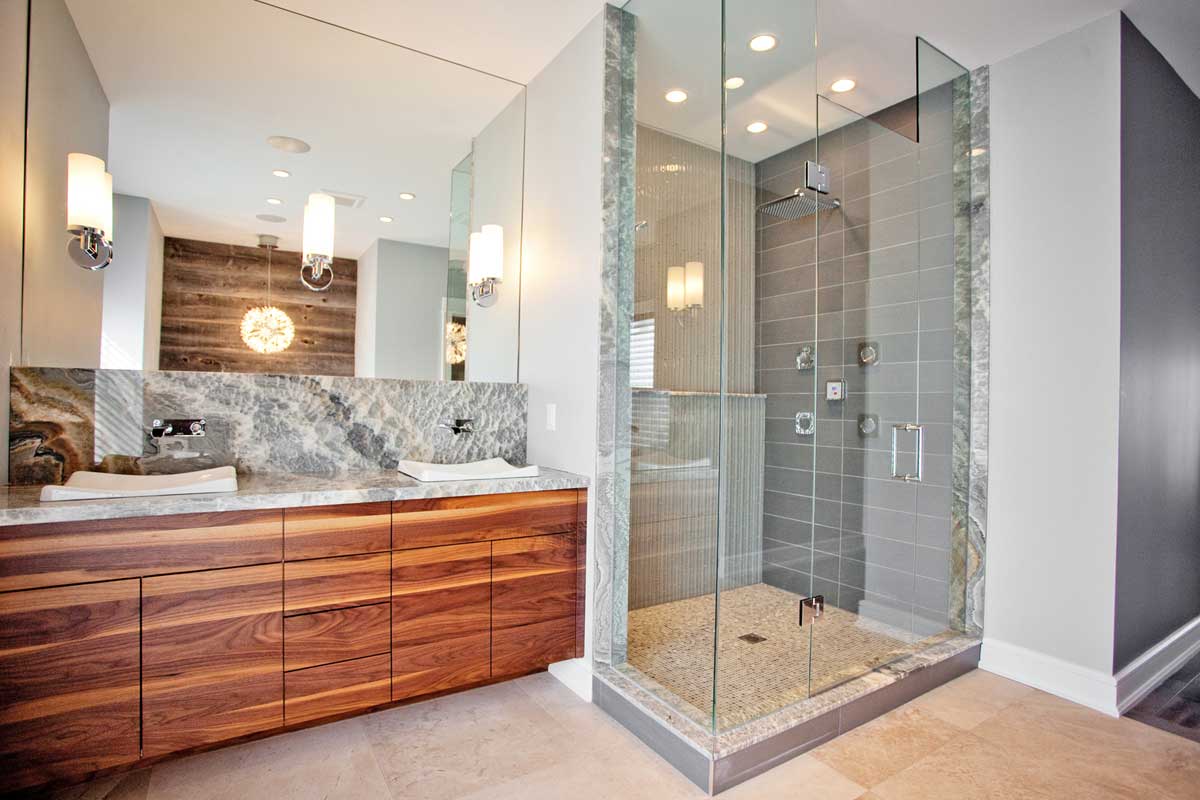
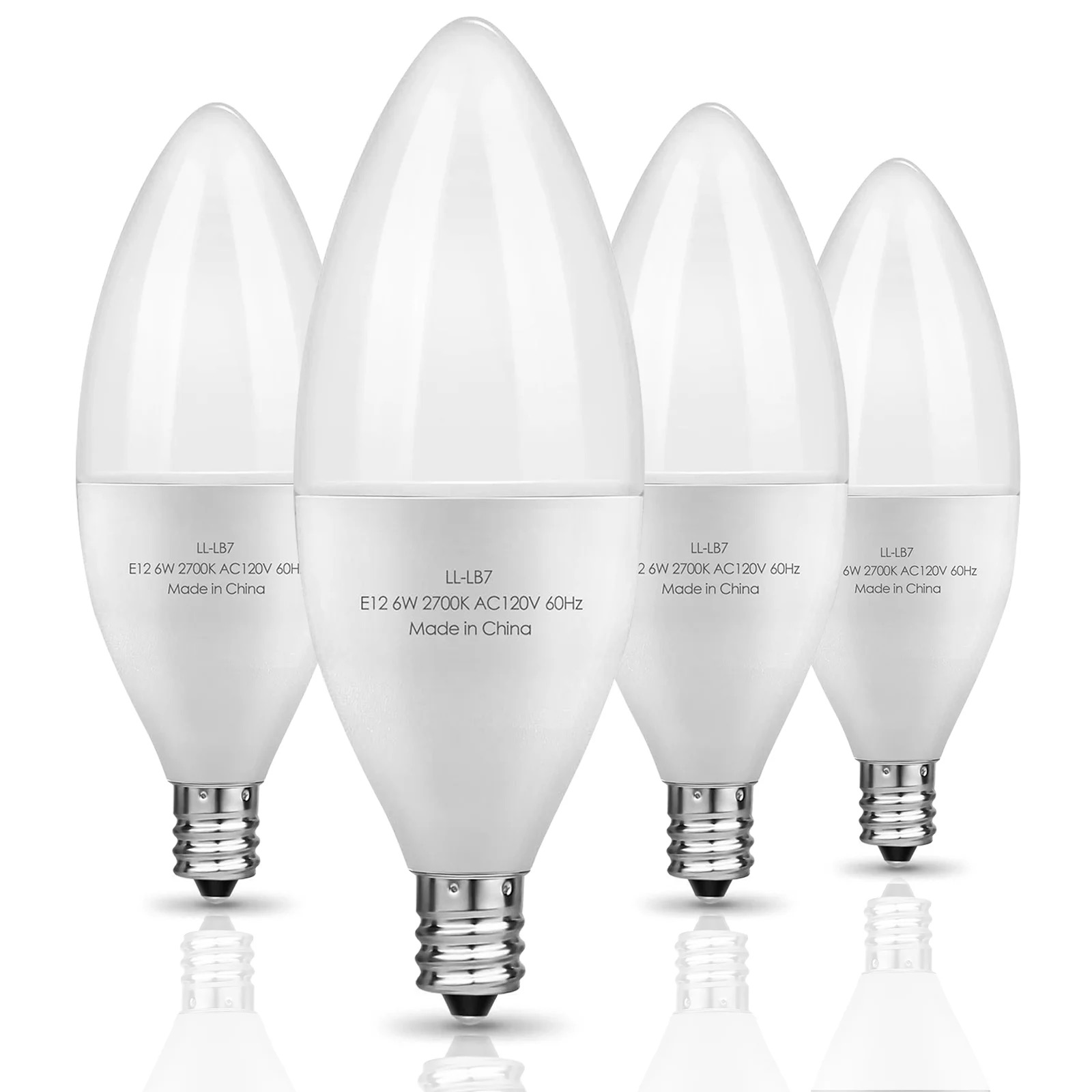
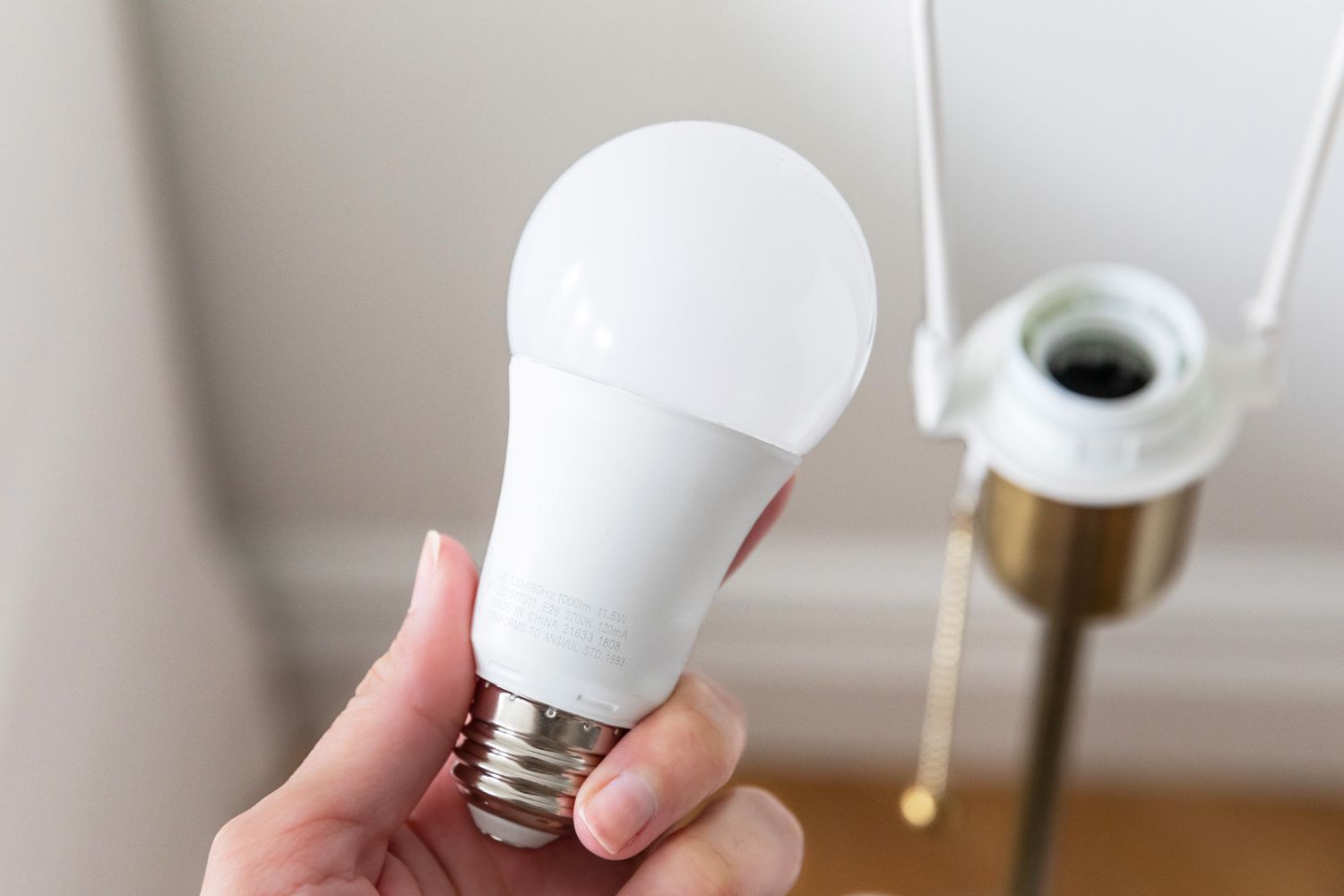
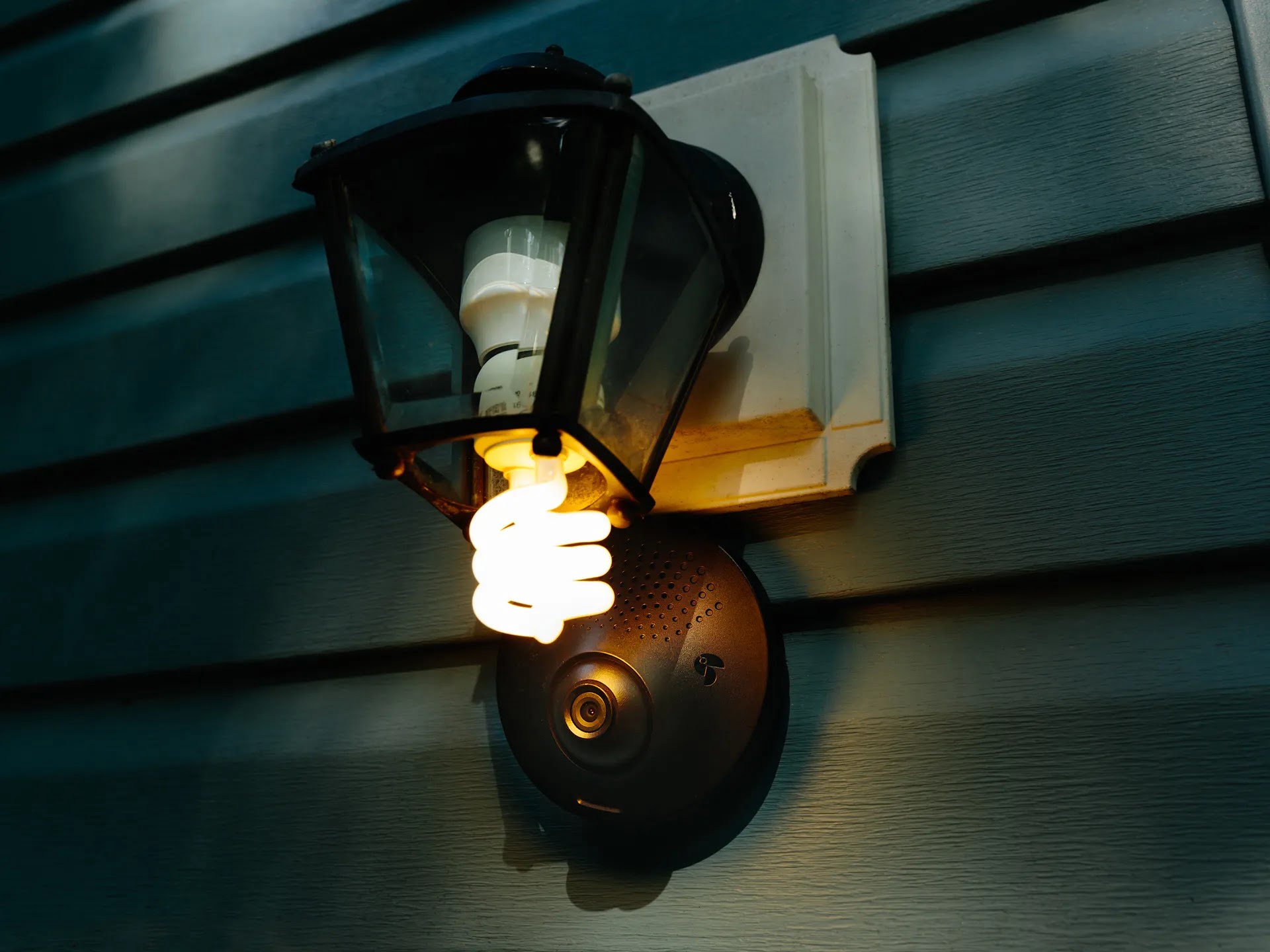
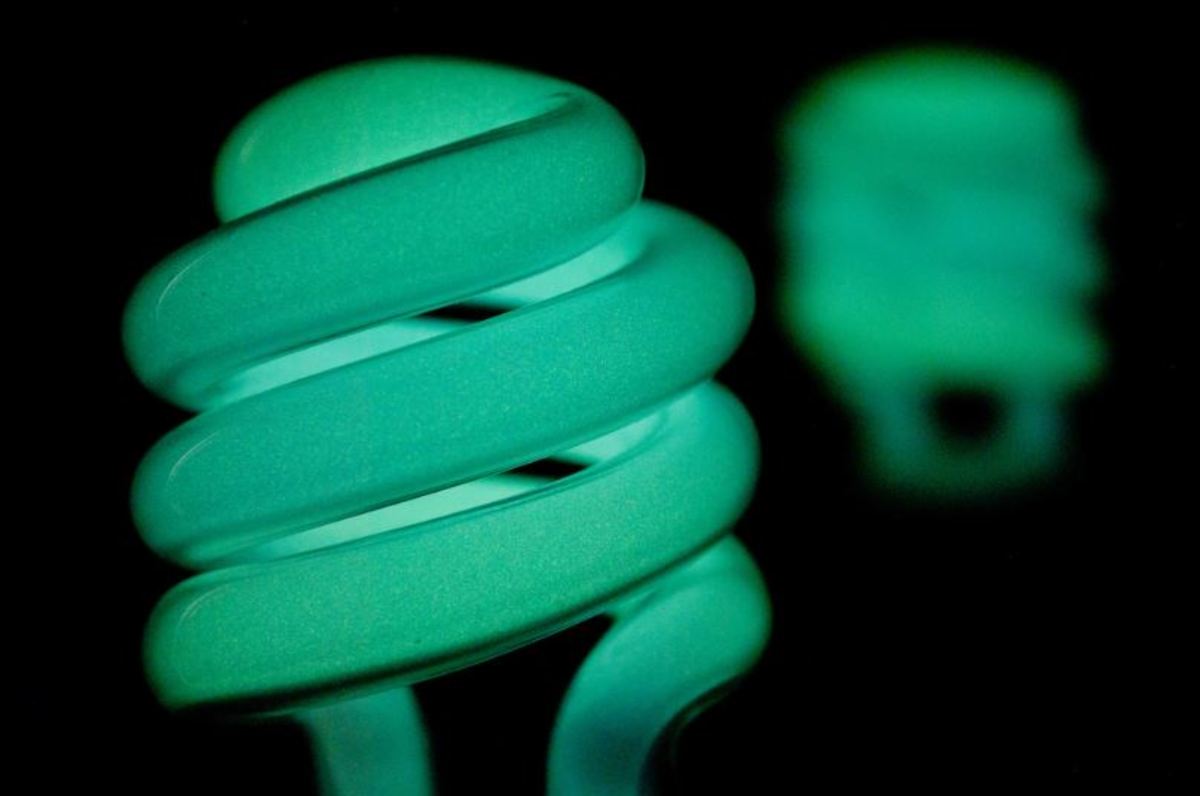
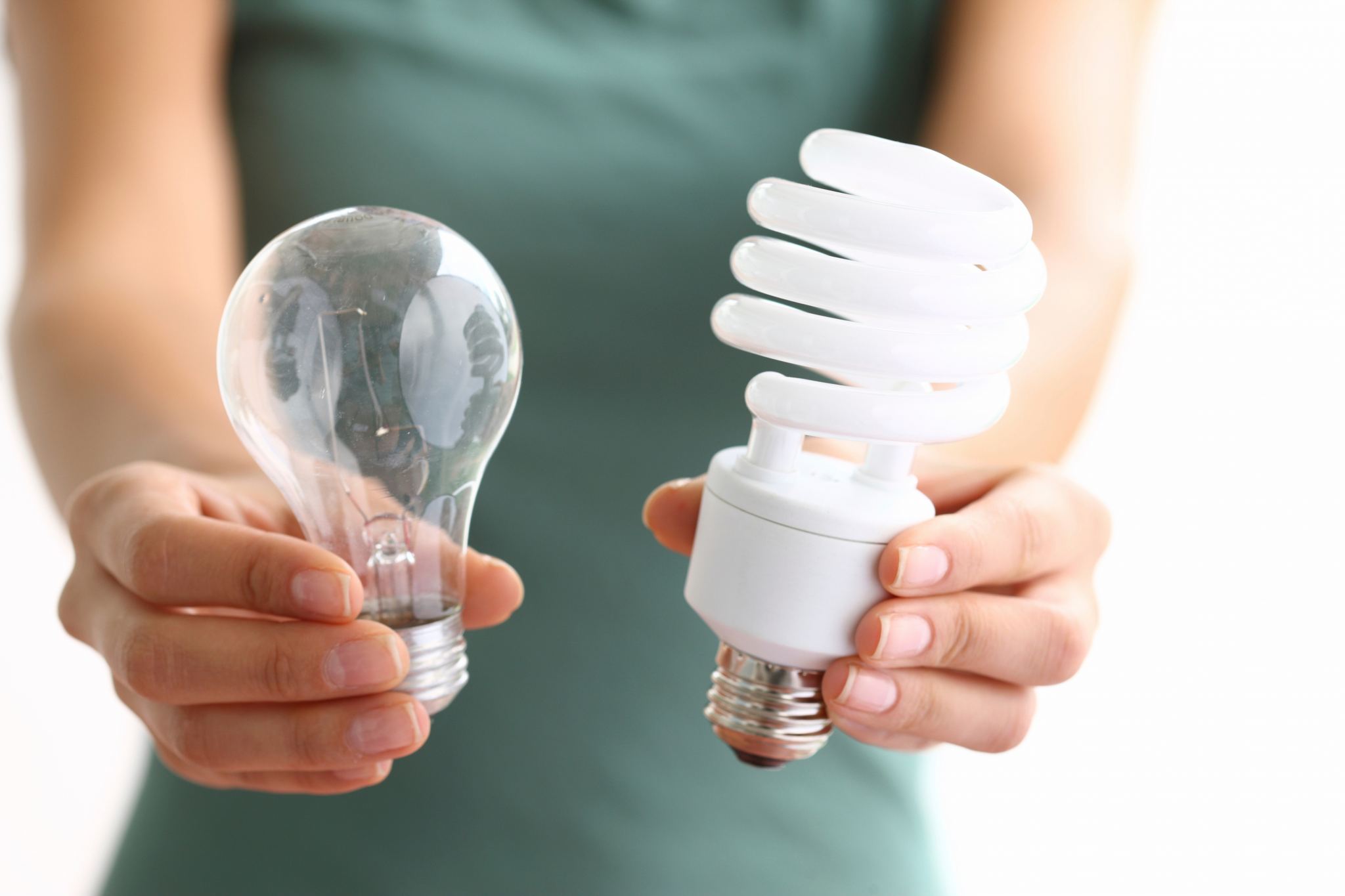
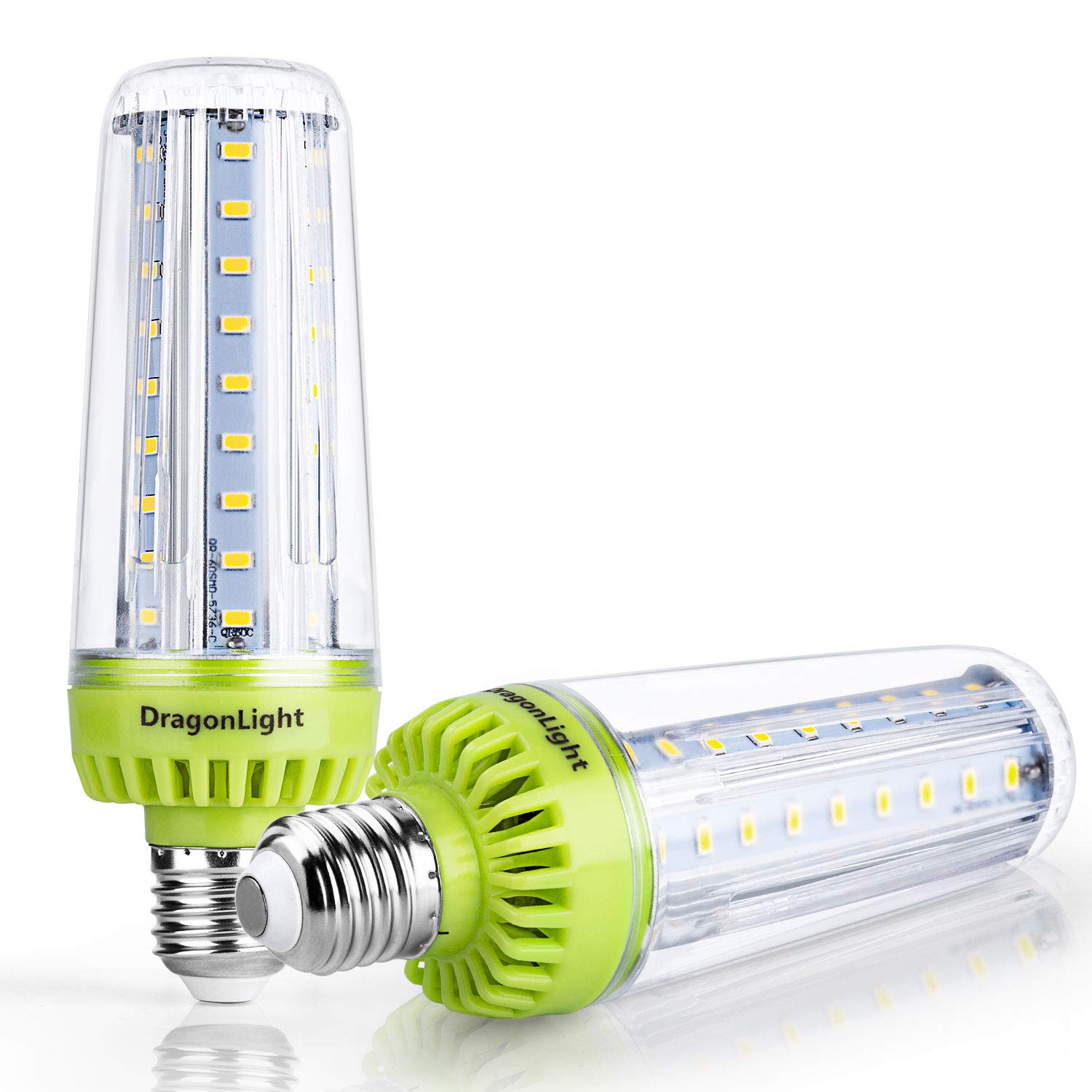
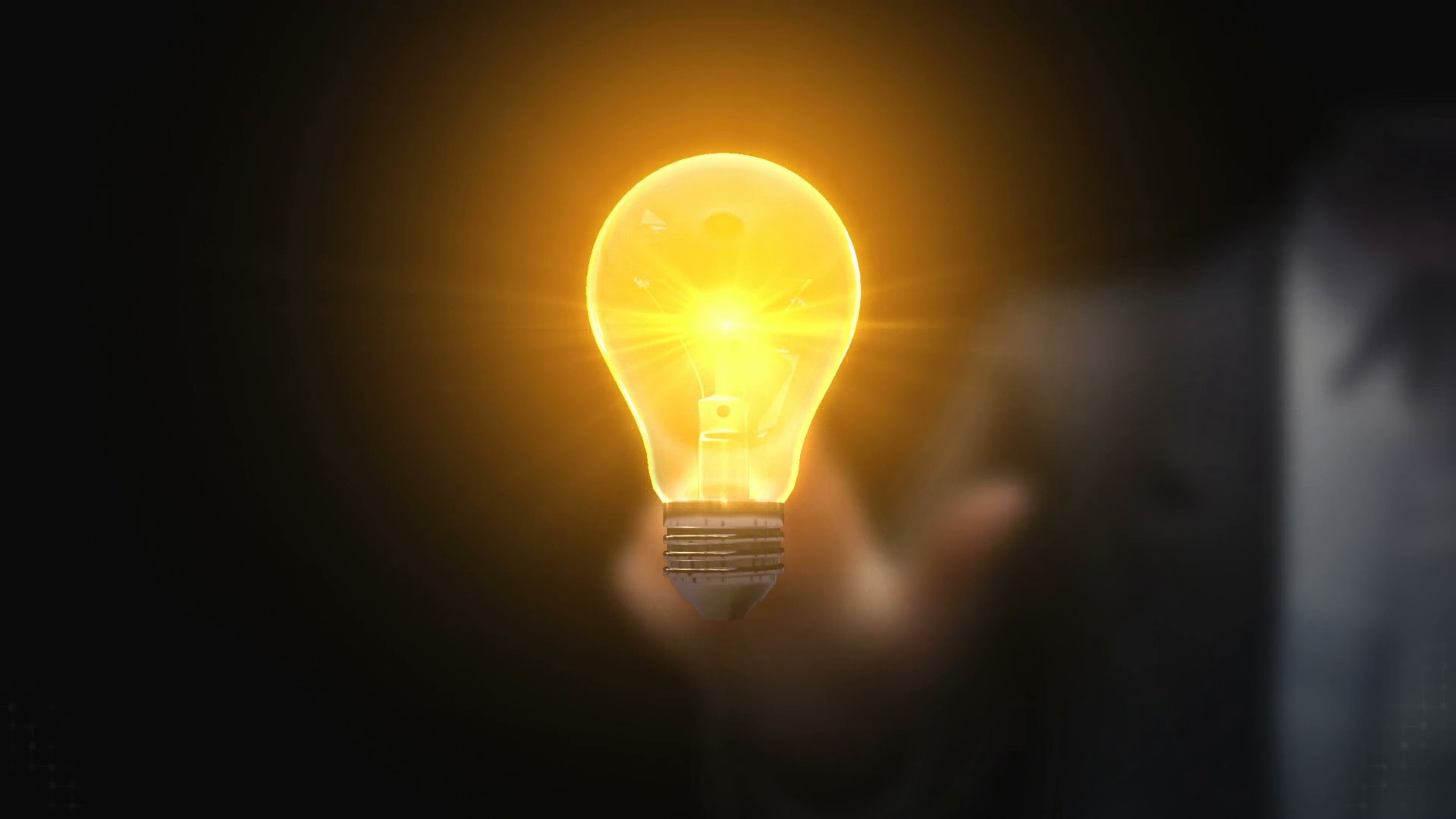
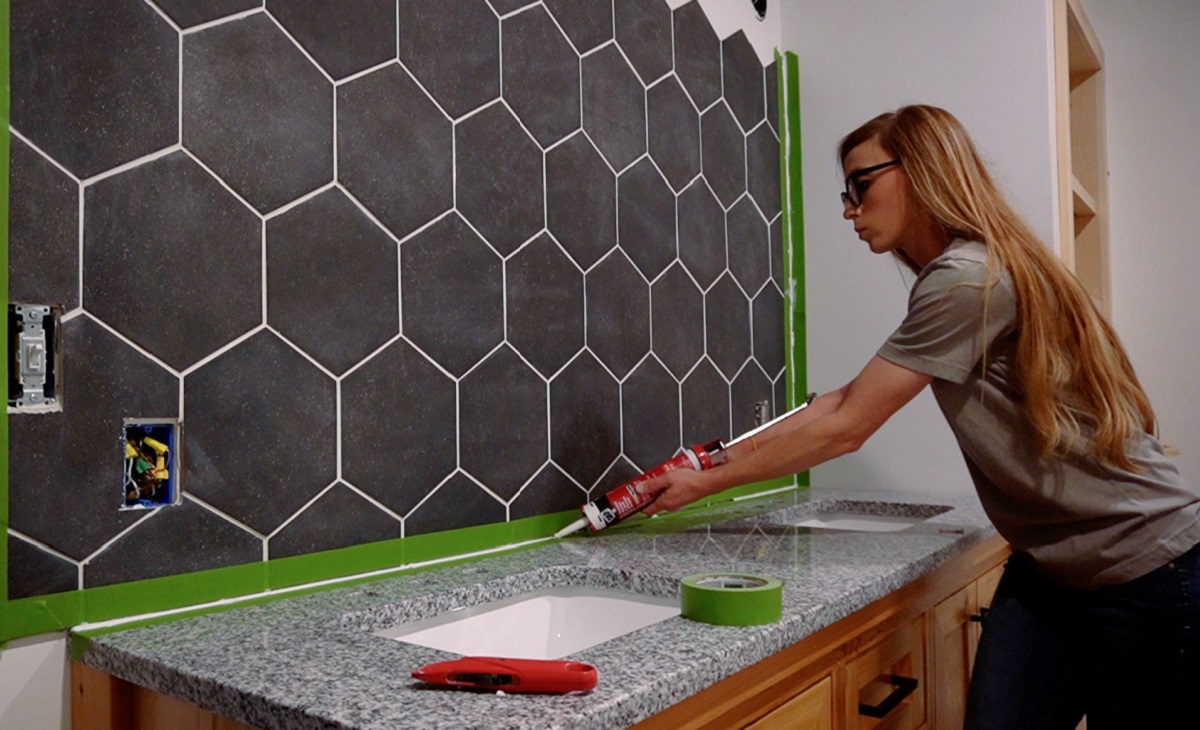
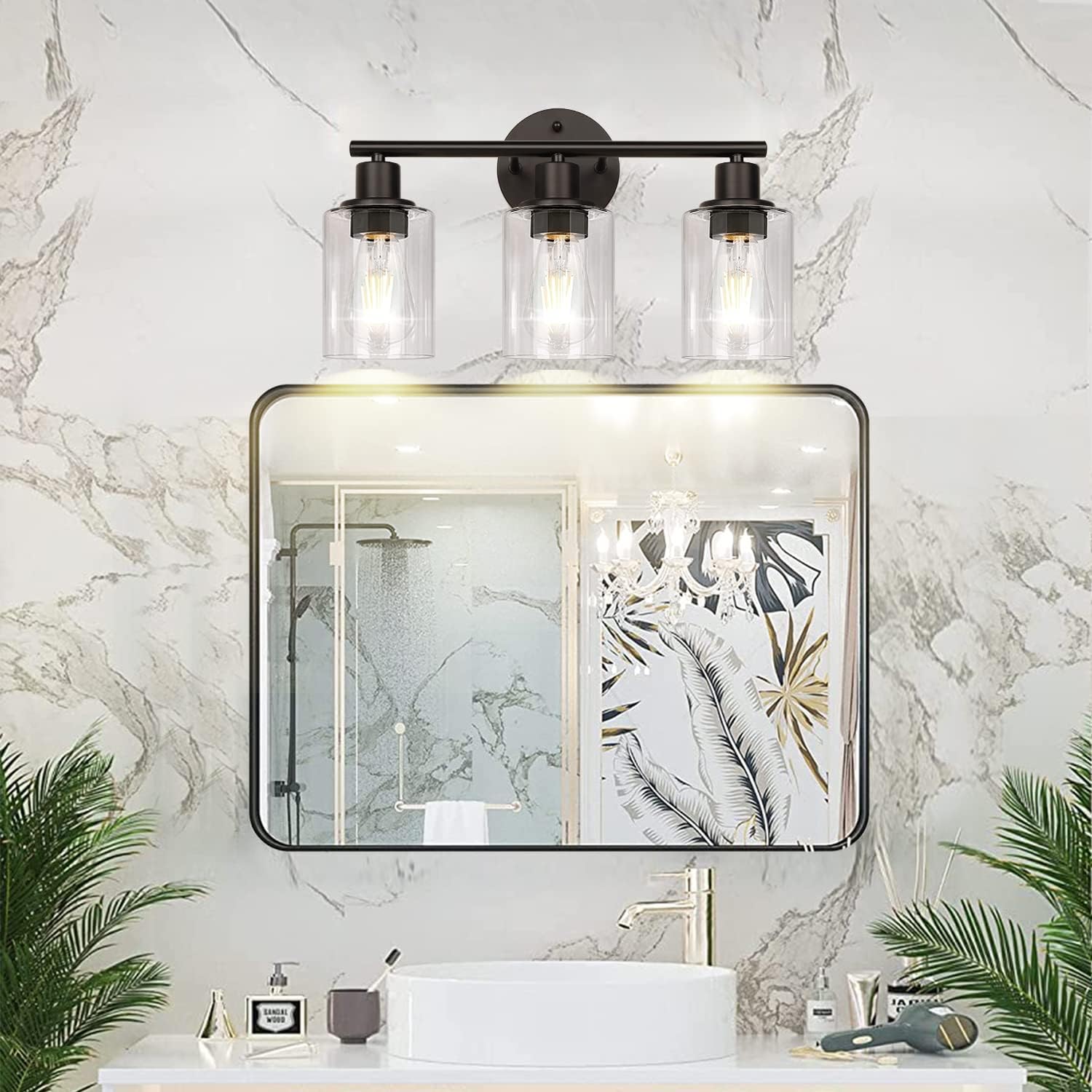

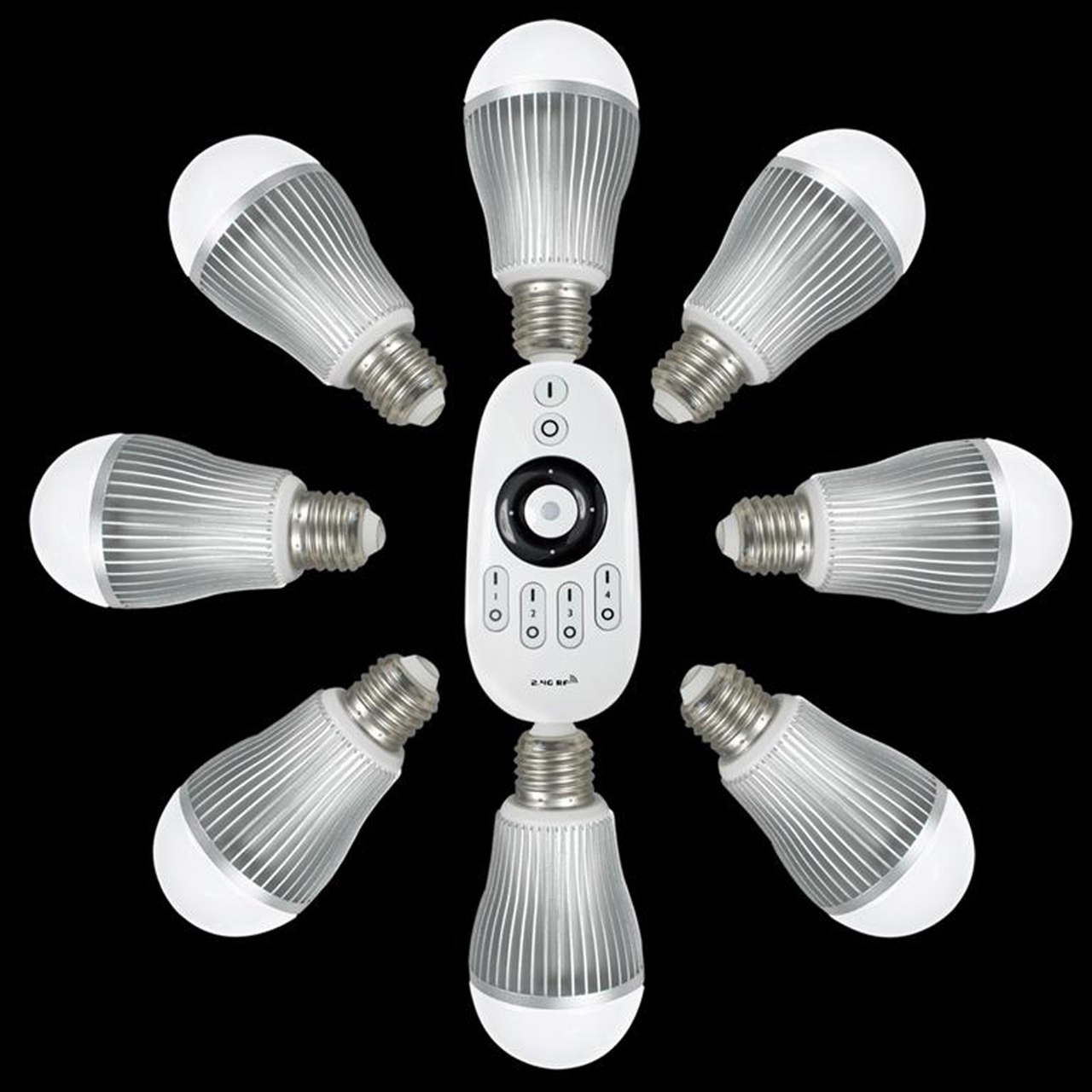
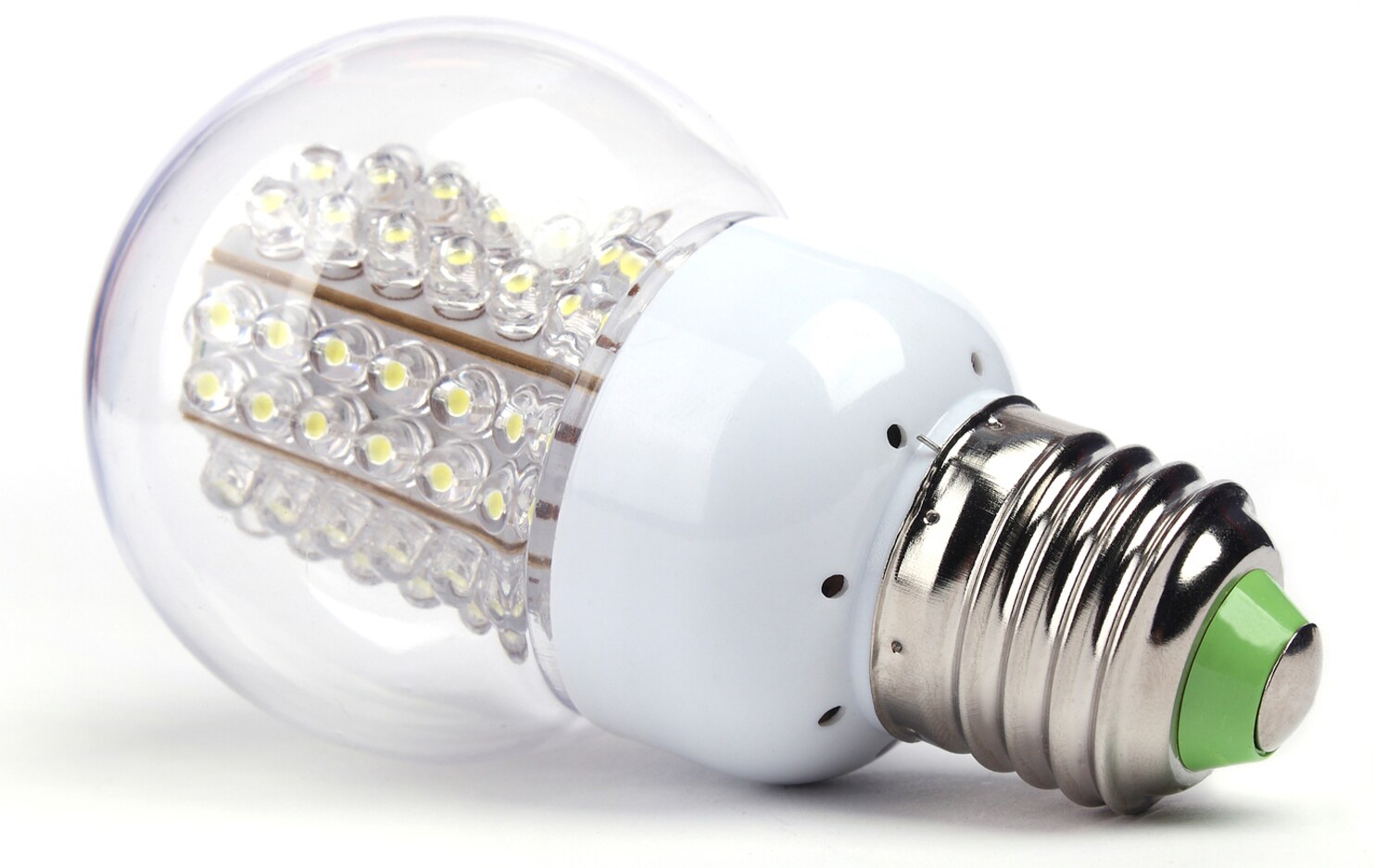
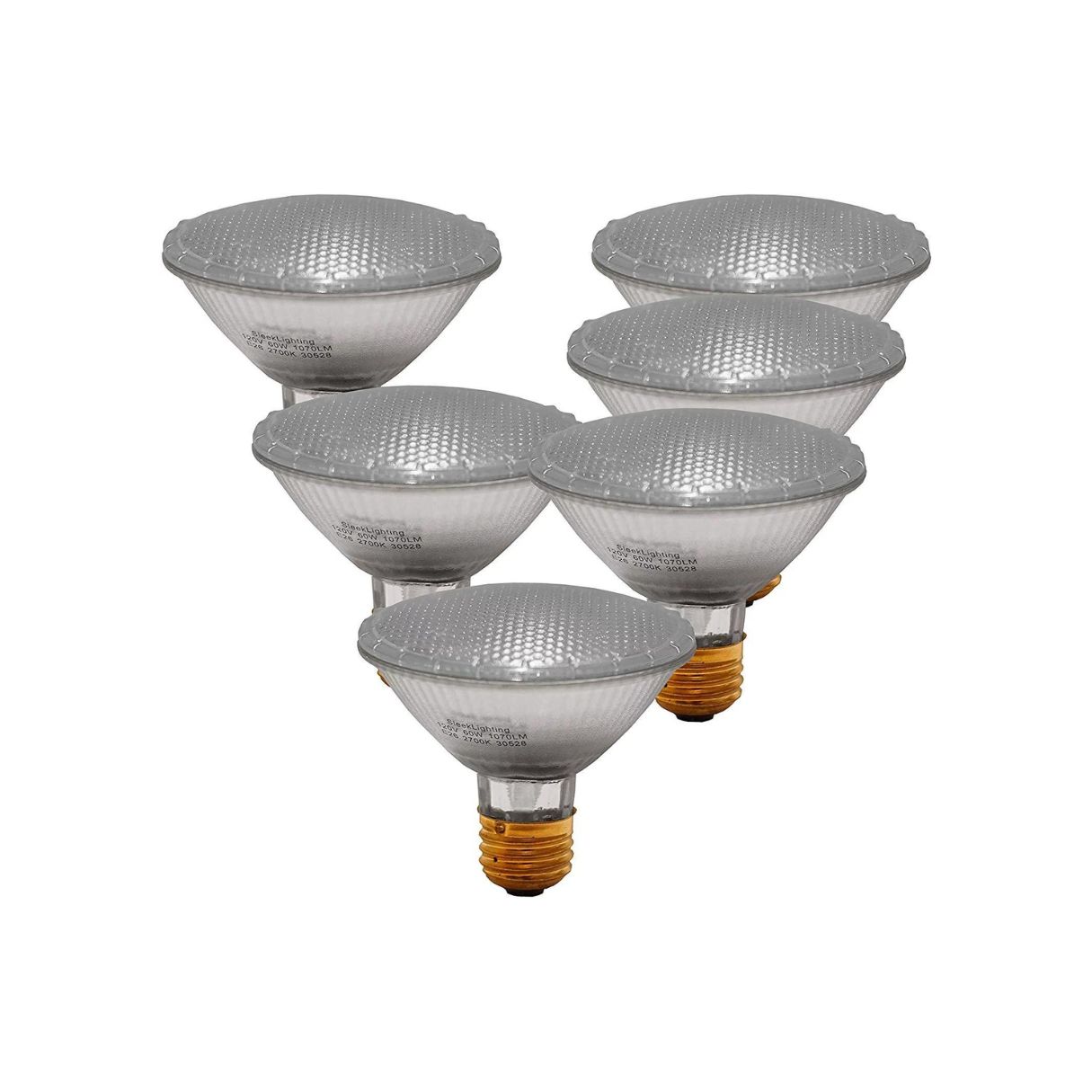

0 thoughts on “What Type Light Bulb For Bathroom”